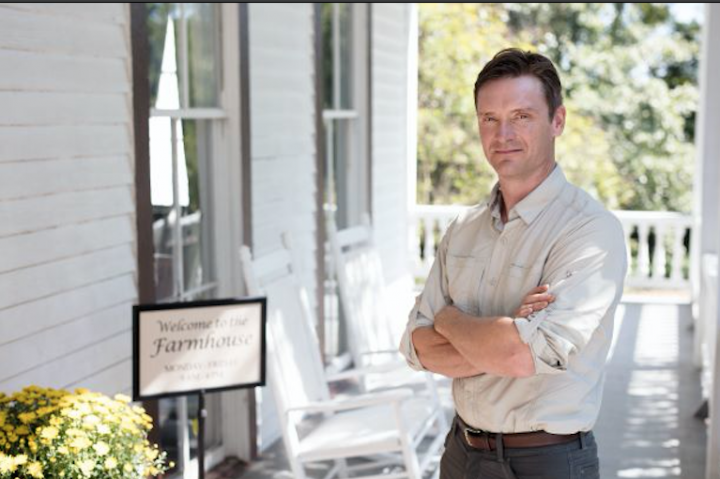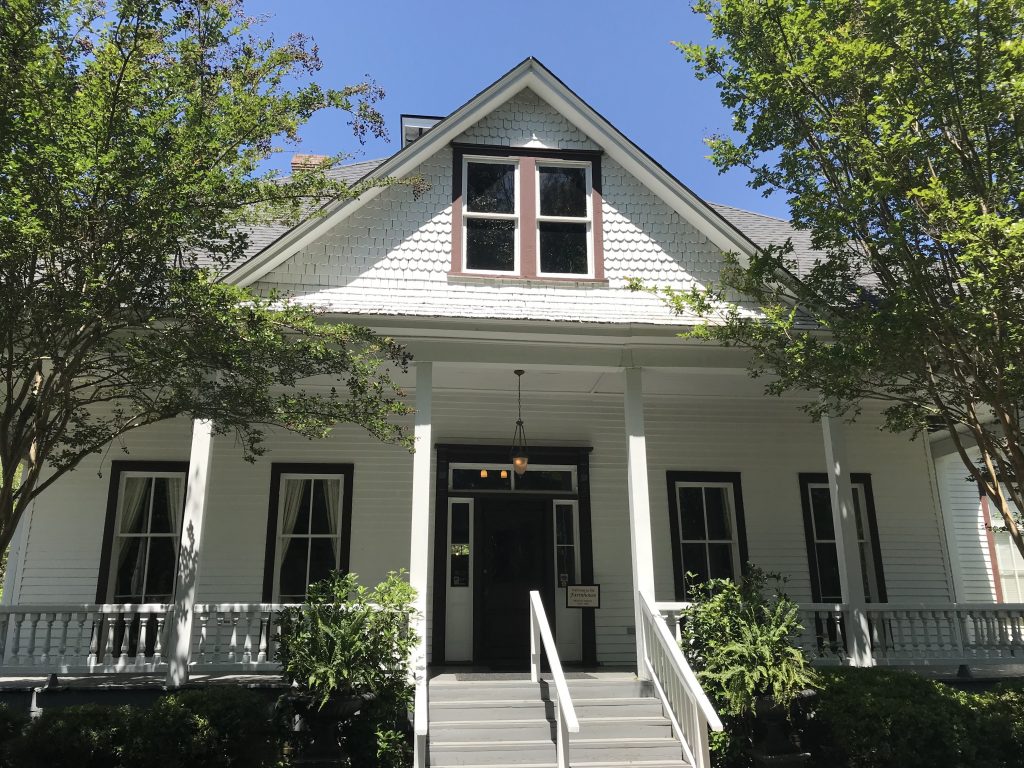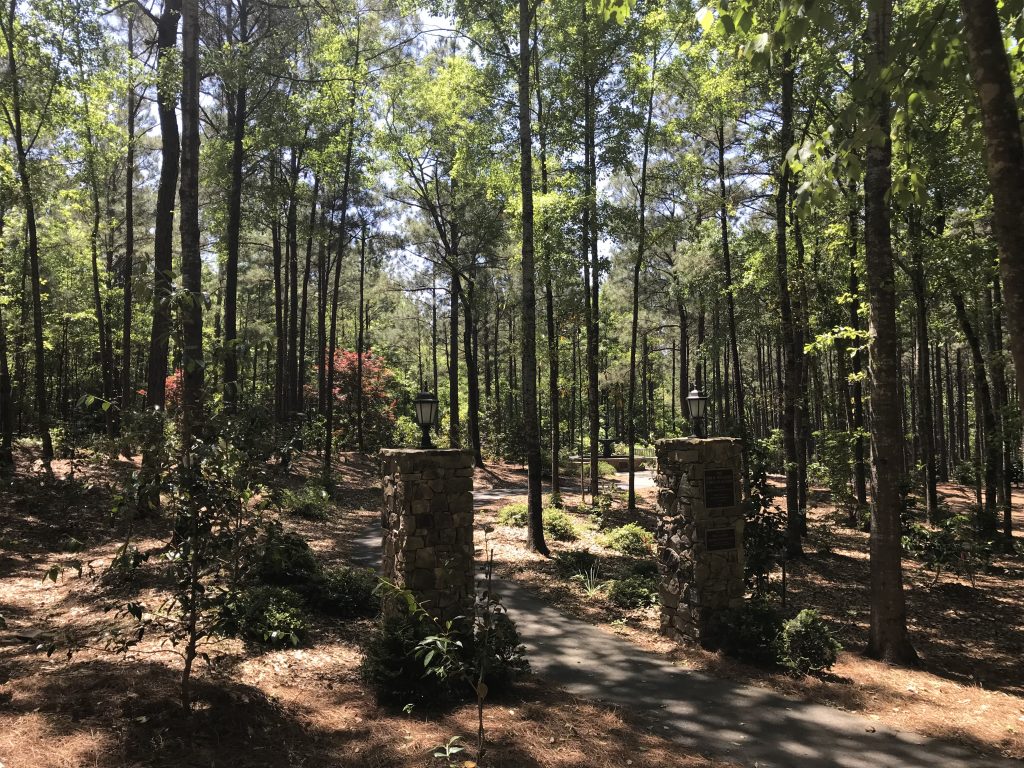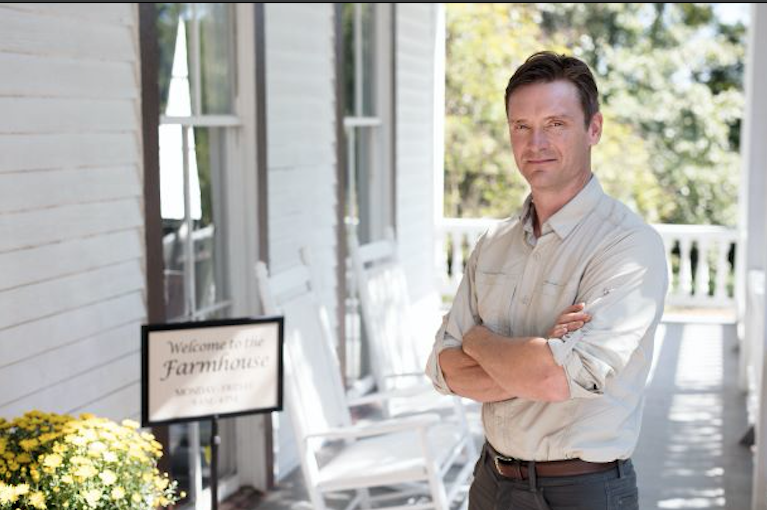
Sunday Q & A with Stefan Bloodworth
Executive Director, Columbus Botanical Garden
What led you to a life working in gardens?
“It really started for me with being fixated on ecology, natural history and conservation in high school. I took a detour: Got an English degree—writing is another passion. To pay the bills I started a landscaping and design contracting business. That grew into the opportunity to become a curator at a botanical garden in North Carolina as the Native Pant Collection Curator at the garden at Duke University. I was there 16 years before I became aware of this position.” (Hired last July, Bloodworth started Oct. 1, 2018.)
Duke Gardens has long been recognized year after year as one of the top botanical gardens in the nation. What did you learn there that will carry over into your role here?
“Creative partnerships and collaborations. After several years at Duke, everything we did was a highly collaborative effort.”

What about the opportunity here hooked you?
“To be a part of a creation and maturation of this garden really intriguing to me. And leadership. I’ve always been intrigued with leadership, of what makes a great leader.”
What changes do you foresee coming over the next few years?
“We’ve thus far largely been an event center with gardens attached. I want us to evolve into a home for world-class events: educational workshops, seminars, entertainment. That idea of enhancing those offerings here excites me. We’re looking to quadruple parking capacity and transform how the visitor enters the garden. We’ll be tying all of what we do to the history of the city. The natural heritage of the Chattahoochee Valley: how it ties into the agrarian history and how that ties to the cultural history. The idea being, by coming here you have an experience you can only have here. We’re not going to copy. We’re going to originate.”

How do botanical gardens benefit a community?
“We’re the primary way the general public interacts with nature in these communities. It’s incumbent upon us to bring people to their natural environment. Our job is to provide a place for peace and contemplation at a time when it’s becoming increasingly hard—especially for children in cities—to make that connection.”
What’s your biggest surprise about Columbus so far?
“My wife and I really appreciate the direction Columbus is going. It’s embraced the arts in a big way and the arts are flourishing. I’m a scientist at heart but I look at the horticulture we create as art. The stonework. Carpentry. We’re living museums and places where natural history education is paramount, but the there is artistry in everything we’re doing now at the garden. A really exciting challenge and one we take seriously.”
Age?
“48.”

What is the coolest garden you’ve ever visited?
“I always enjoy going to the U.S. Botanical Garden in Washington, D.C. So connected—a vibrant garden in a vibrant city. I also love the Atlanta Botanical Garden. The amount of philanthropic support, the incredible amenities they’ve developed, it’s a really great example. I love Duke Gardens—its homage to the Gothic architecture at Duke University, brought it into the 21st century.I really just love gardens that feel that they’re of a place. A good garden can only exist where it is.”
Favorite tree?
“I love the American beech.”
Favorite flower?
“Hexastylis lewisii. Lewis’ Heartleaf. A rare native wild ginger found in North Carolina and Virginia. Pollinated by flies and seeds distributed by ants. You really have to see it to believe it. A ground-hugging flower, most people would never notice if they walked through a forest filled with thousands of them.”
Is the crepe myrtle a tree or a bush?
“The crepe myrtle is very much a tree that often gets hacked into a bush. Gets tortured into a bush. Where it’s native to in the Indian subcontinent, absolutely enormous, stately examples. I think some of the people over there would be mortified by what happens to some of their crepe myrtle relatives in the southeast U.S.”
